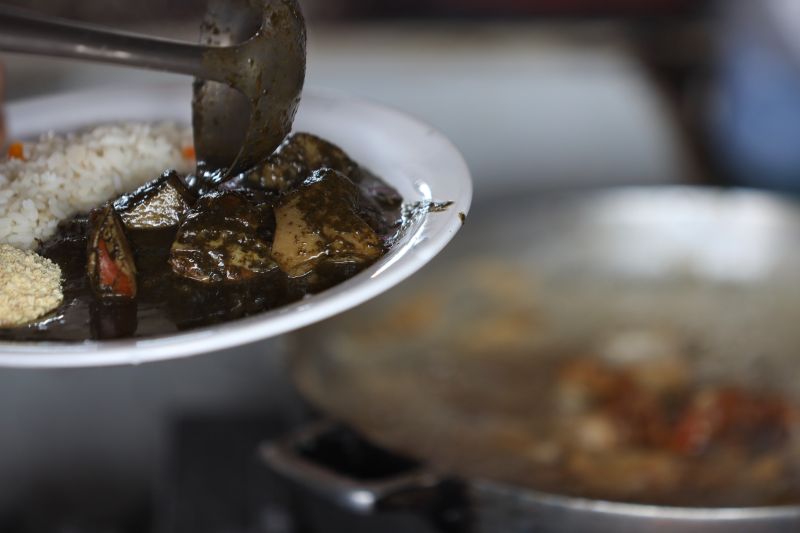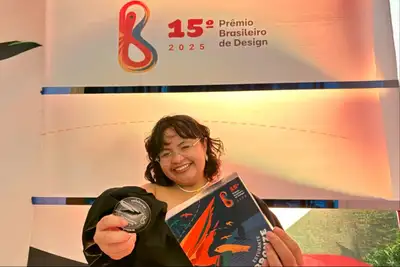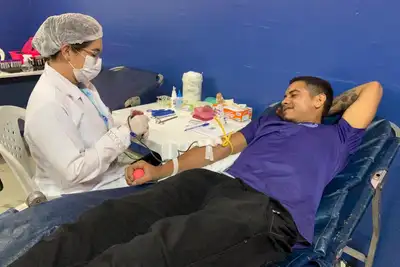Metropolitan Polyclinic observes balance in diet during the Nazarene festivities
Nutritionist from the unit highlights care with typical dishes, hydration, and moderate consumption; Poli conducts about 600 nutrition consultations per month
The Círio de Nazaré is one of the most significant moments for the people of Pará, bringing together faith, tradition, and, of course, typical gastronomy. Among the most anticipated dishes are maniçoba and pato no tucupi, rich and caloric preparations that require special attention from those with changes in glucose, cholesterol, triglycerides, or gastric problems.
Nutritionist Alessandra Marcedo from the Metropolitan Polyclinic of Pará in Belém advises that "the consumption of these dishes should be controlled, preferably only on the Sunday of the Círio, or avoided by people with clinical alterations, to not worsen their health."
In addition to caloric value, food safety is also essential. "Maniçoba needs to be cooked for seven days to completely eliminate the cyanide acid present in the leaf. Tucupi, the base of pato no tucupi, must undergo a fermentation and cooking process of three to five days to ensure that the acid is eliminated," explains Alessandra, highlighting that these precautions preserve the health of those who enjoy these traditions.
With the variety of foods and desserts during the Círio period, it is natural to consume more caloric preparations. A tip from the nutritionist is to plan previous meals, such as breakfast and light snacks, to avoid excesses at lunch and dinner. "This strategy helps reduce the amount consumed, maintaining nutritional balance even during the festivities."
Associated diseases - For people with restrictions such as diabetes, hypertension, or high cholesterol, moderate consumption may be allowed, provided that clinical and laboratory tests are normal. If there are alterations, the recommendation is to completely avoid typical dishes.
Those participating in large pilgrimages, such as the Trasladação and the Círio itself, should also pay attention to pre-event nutrition. "On the day of the Trasladação, it is important to have a good lunch with carbohydrates, proteins, fibers, and fruits, in addition to consuming fruits or juice before the walk and maintaining constant hydration. On the morning of the Círio, a complete breakfast and water intake during the journey are essential," emphasizes Alessandra.
Among the regional foods that are health allies are açaí, cupuaçu, and bacuri, which can be consumed as dessert, juice, ice cream, or popsicle, ensuring flavor without compromising health.
The nutritionist reinforces: "During the Círio period, there is no way to avoid savoring the traditional dishes of this grand celebration that only exists in Pará. The ideal is to consume in a moderate, balanced, and healthy way. After the celebration, resuming the routine of dietary care and physical activity is essential."
For the Metropolitan Polyclinic, which conducts about 600 nutrition consultations per month, the guidance is to combine tradition, moderation, and attention to health. According to Alessandra, "The Círio is a unique moment of fellowship with family, enjoy every moment and taste the typical dishes with balance," concludes the specialist.
Profile - Nutritional consultations at the unit are held from Monday to Friday, from 7 am to 4 pm. The unit is part of the State Government, managed by the Institute of Social and Environmental Health of the Amazon (ISSAA). Appointments are made by scheduled date and time.
Text: Roberta Paraense










